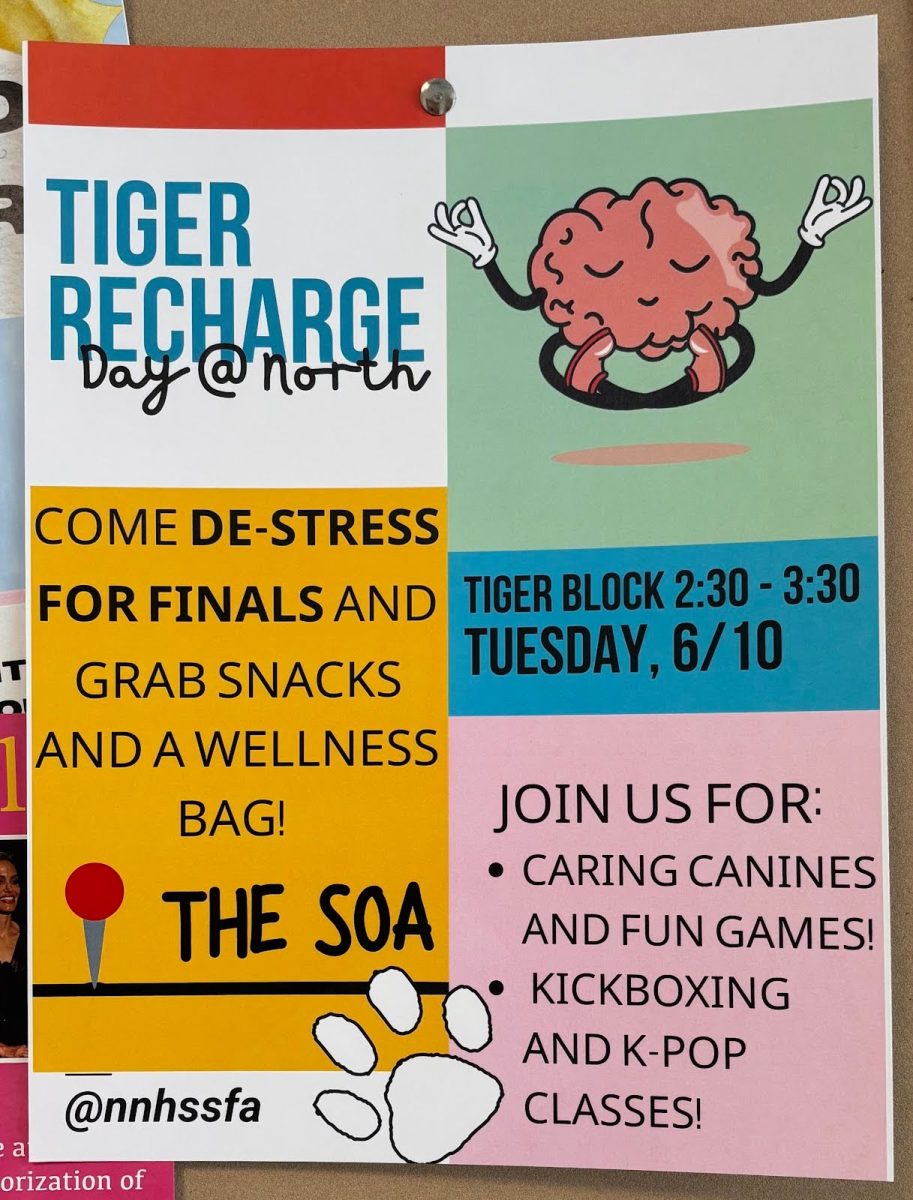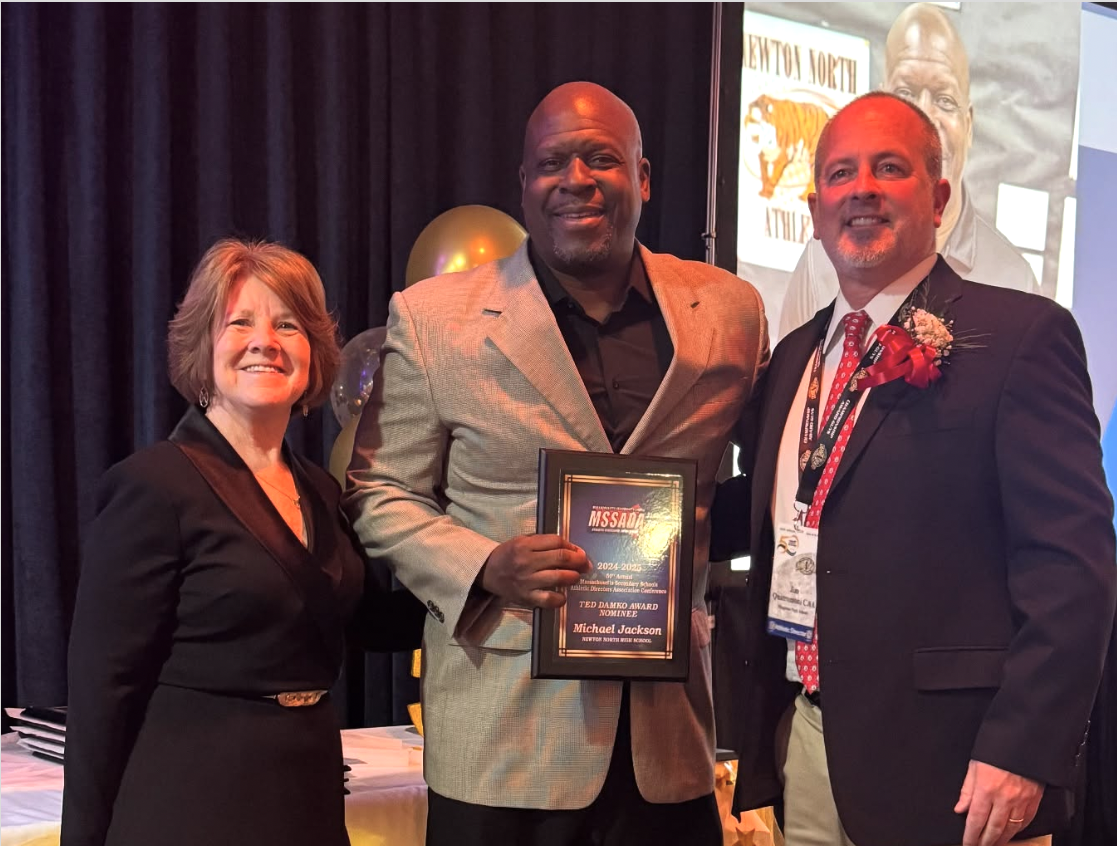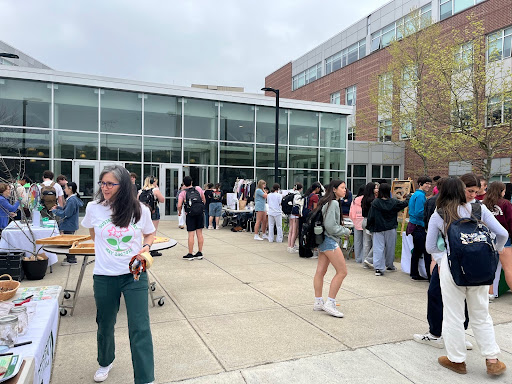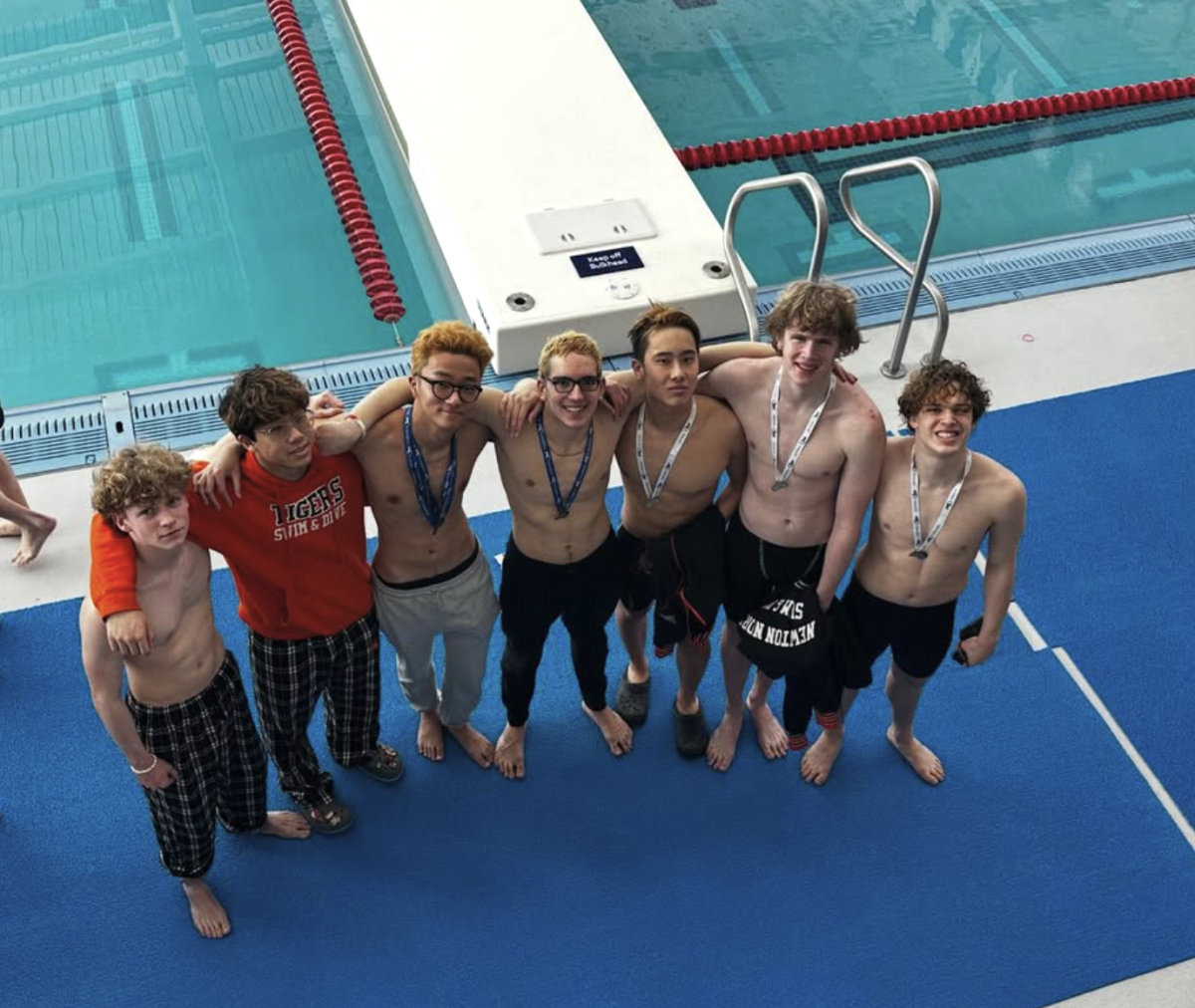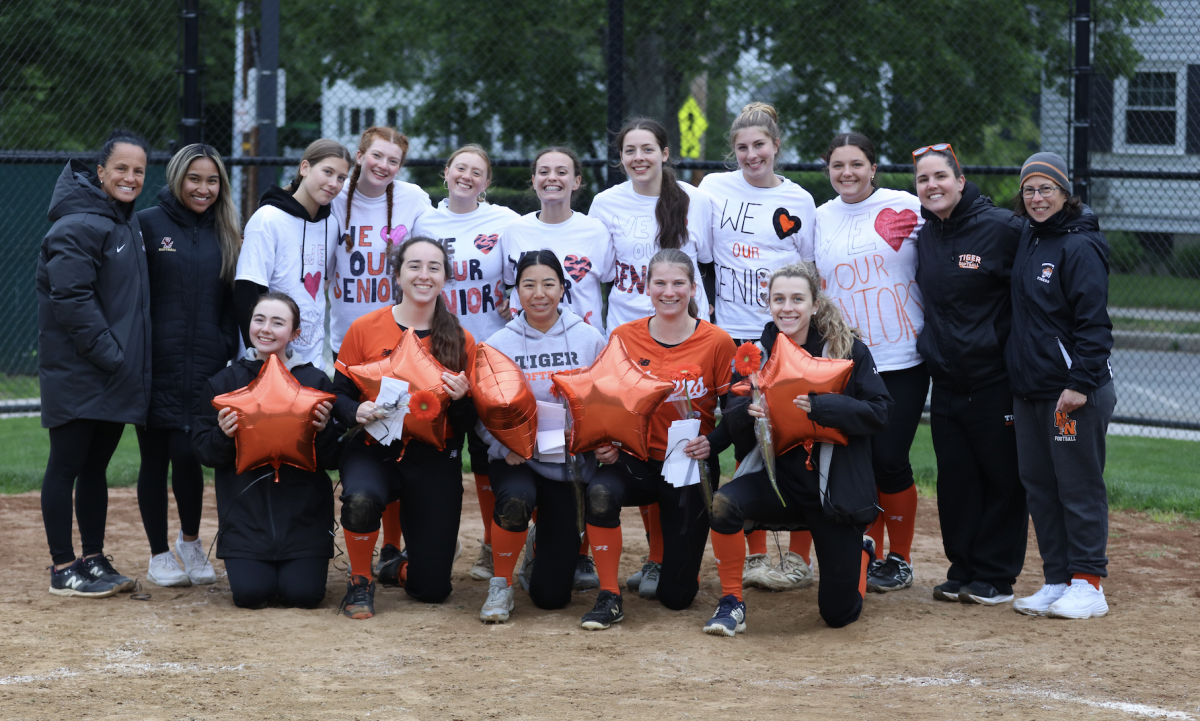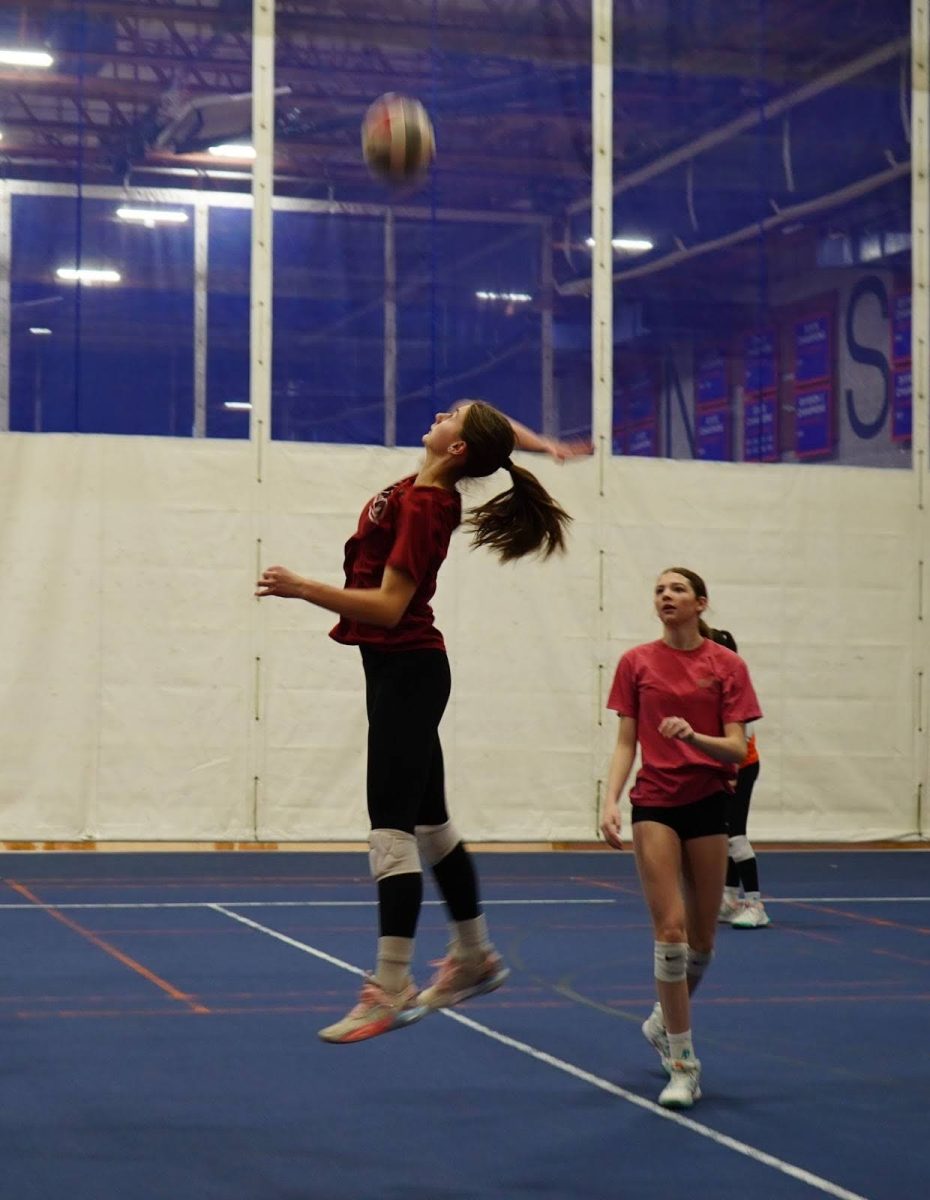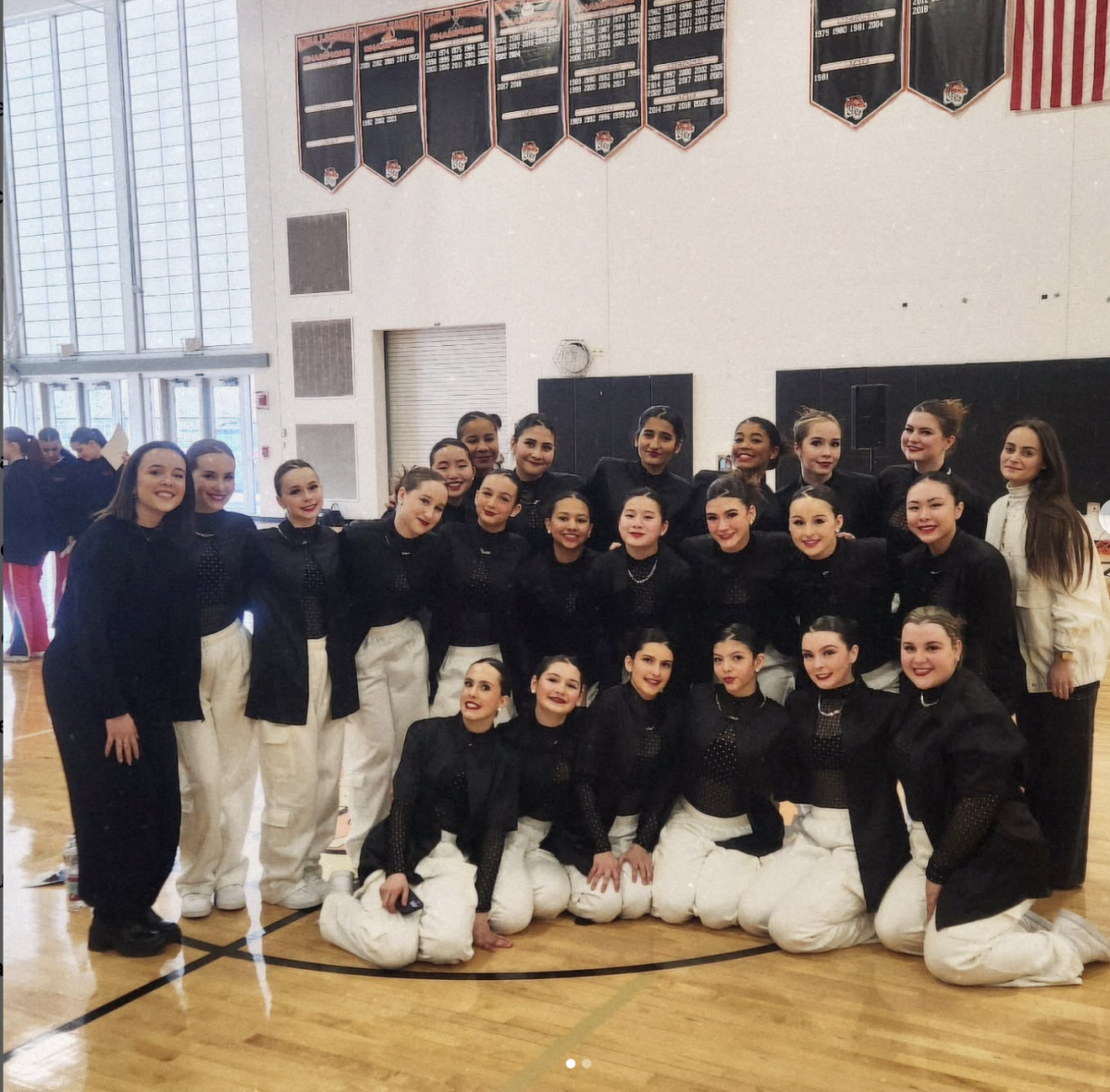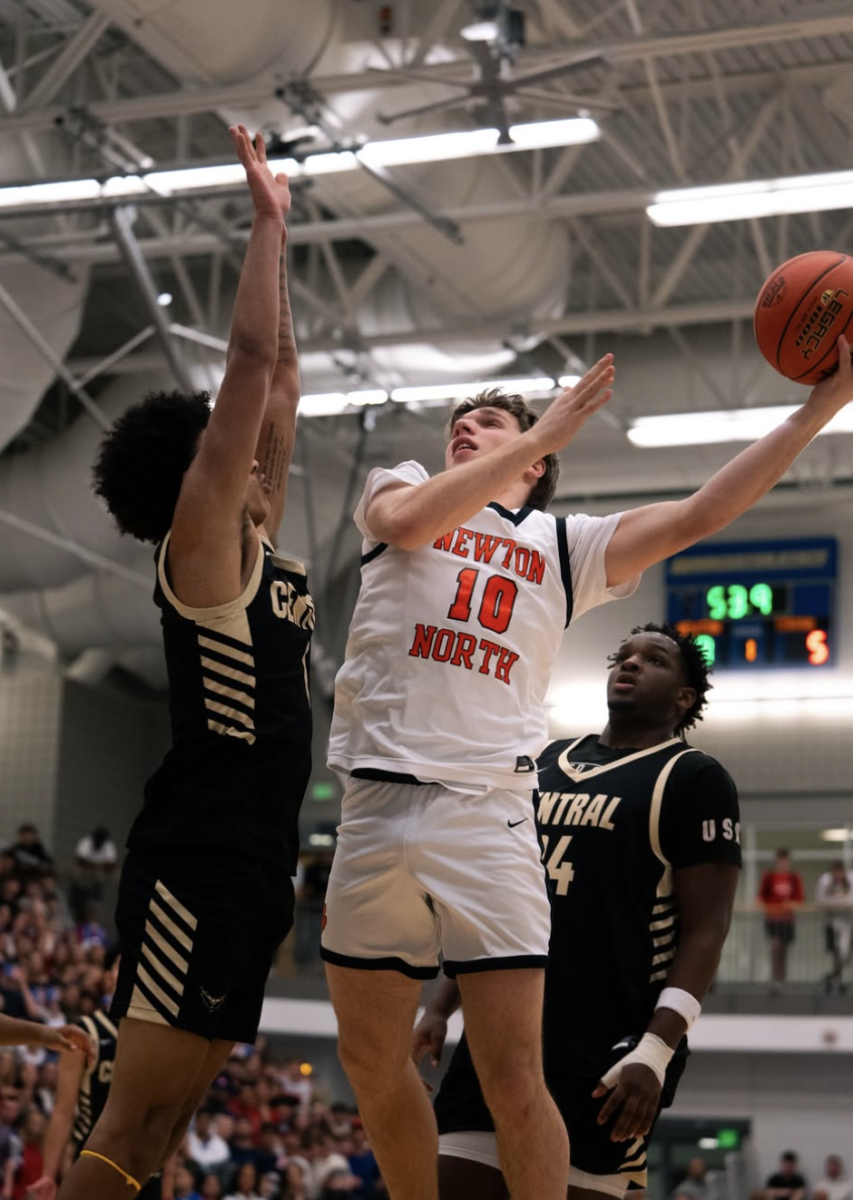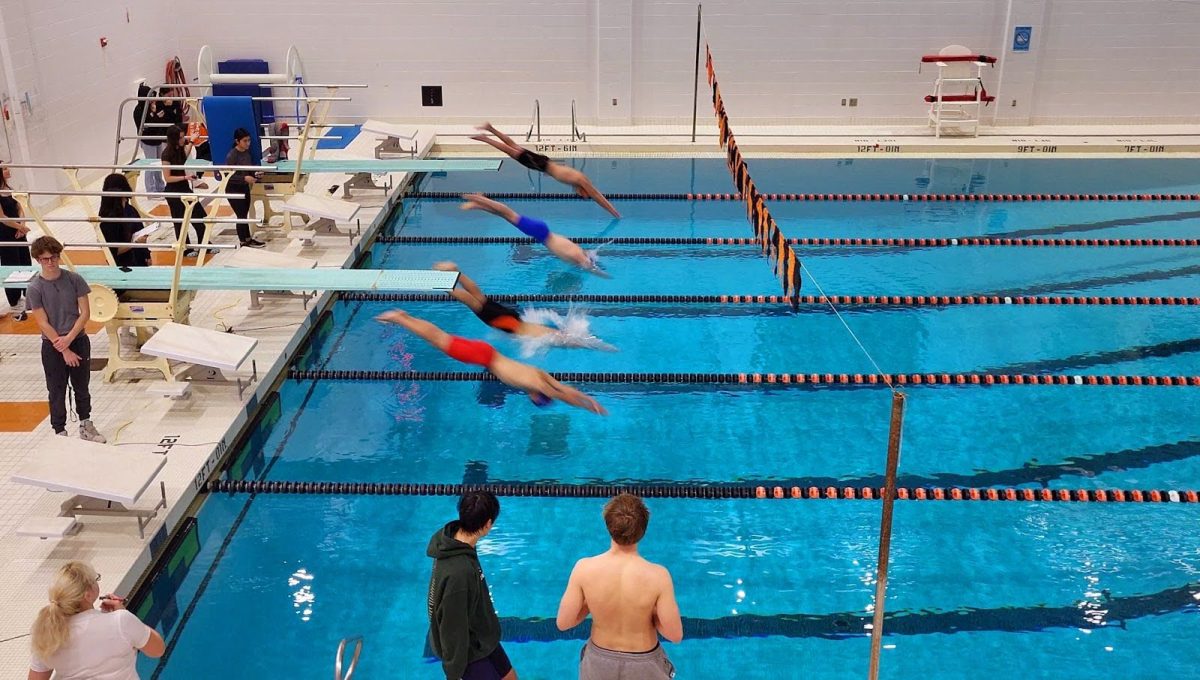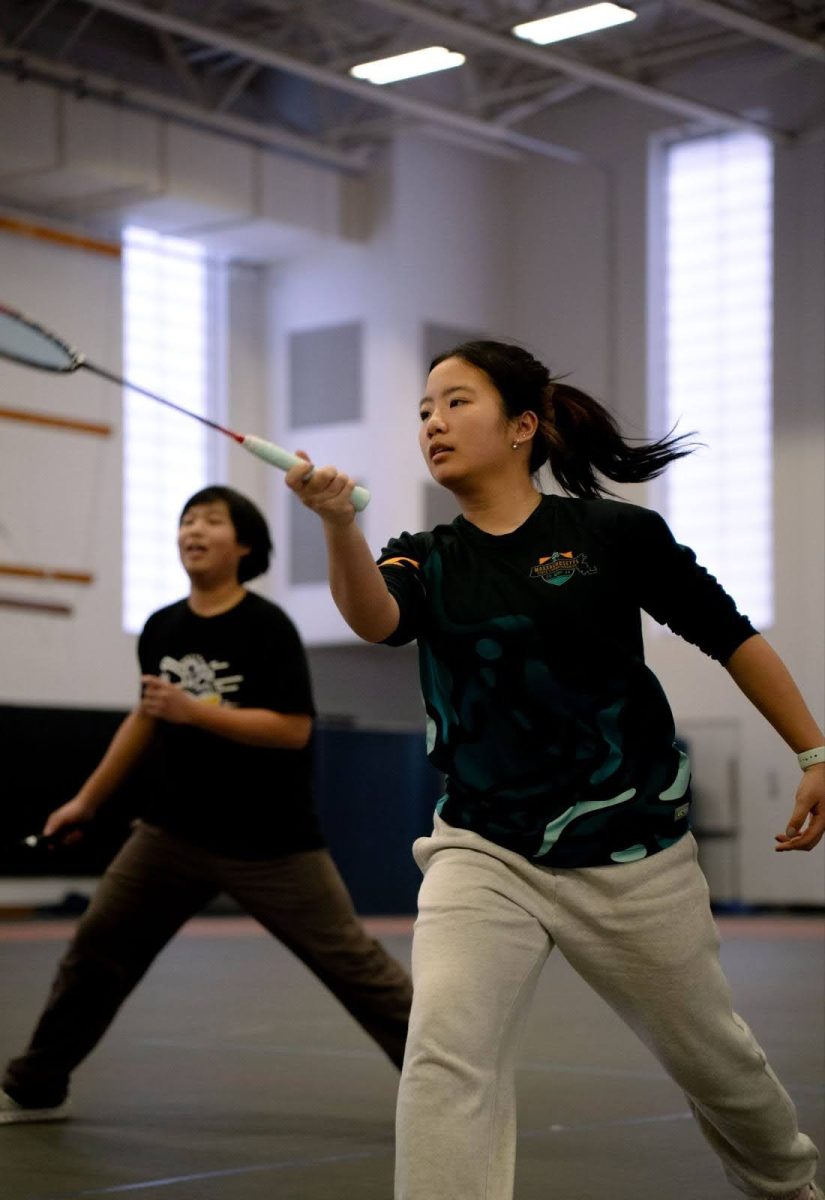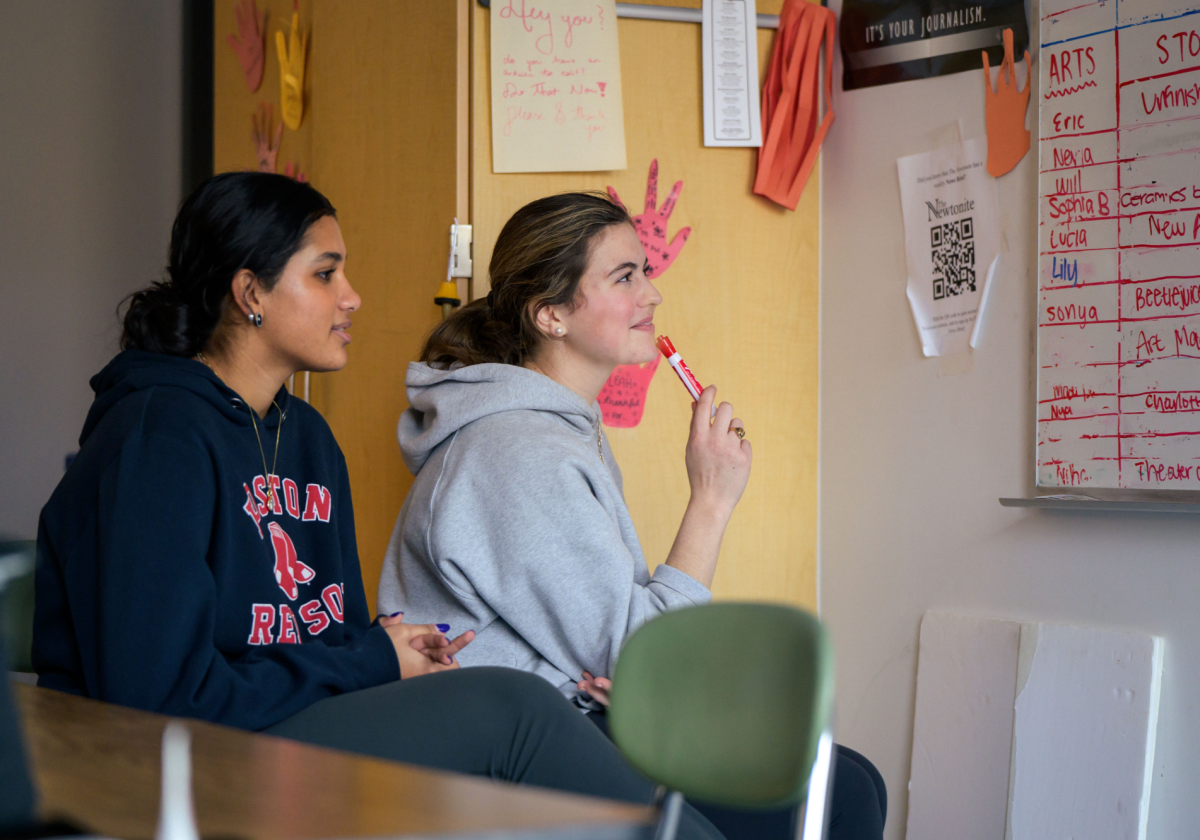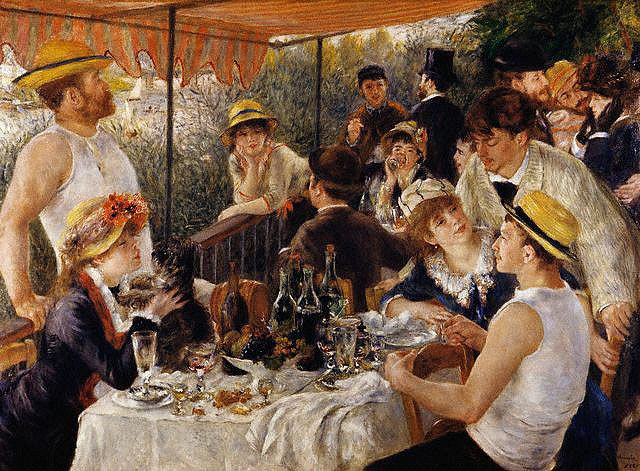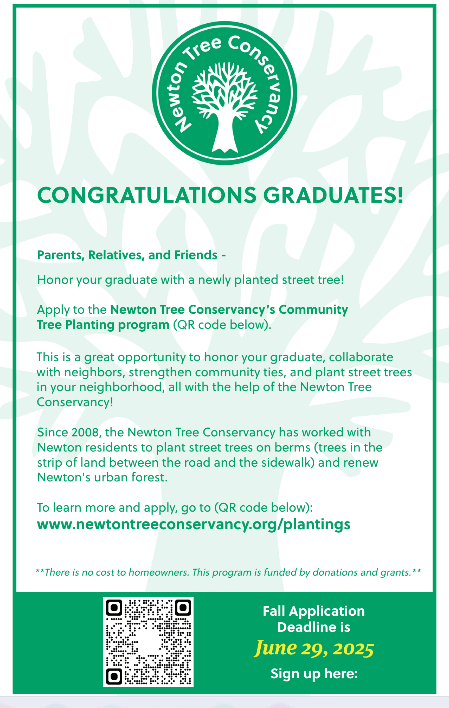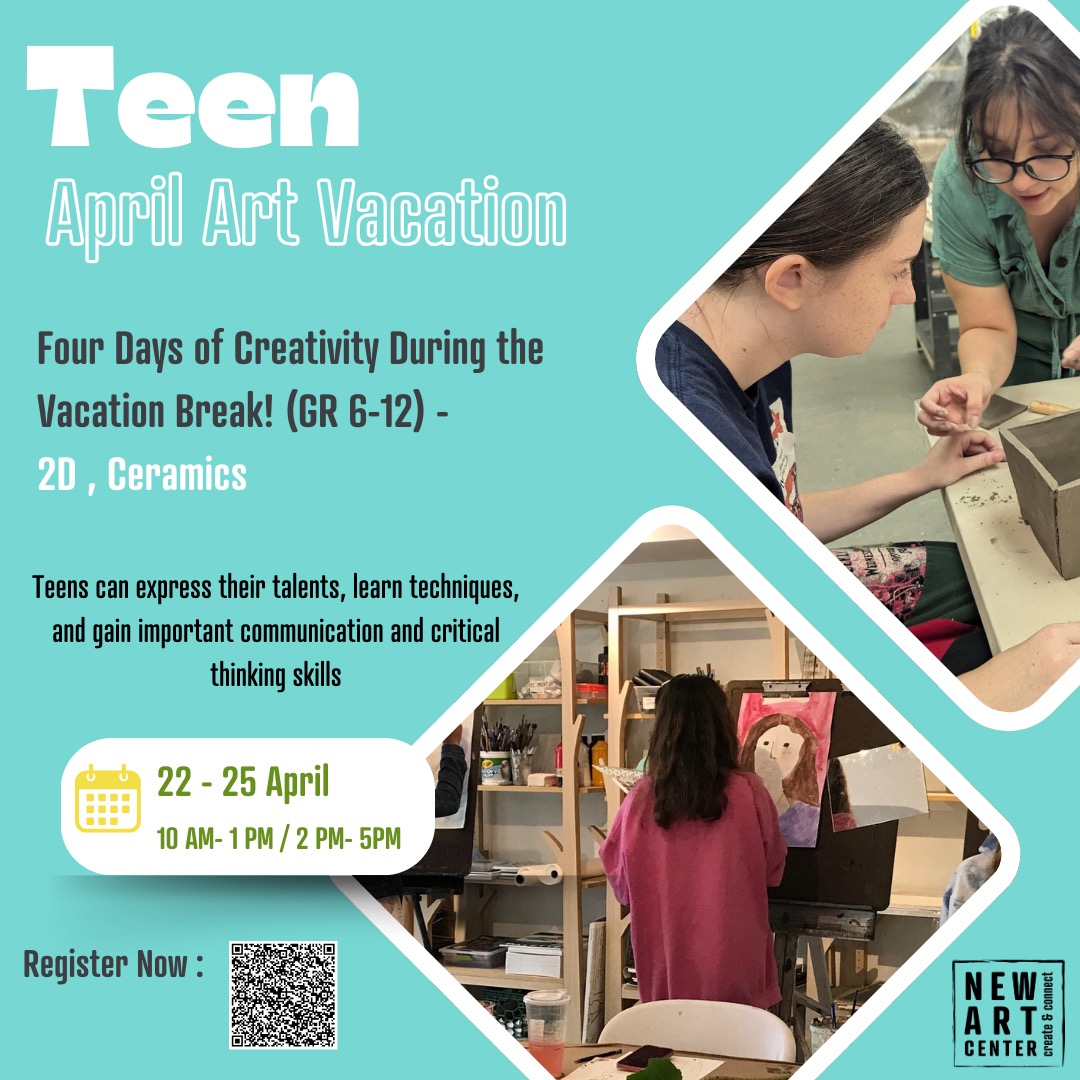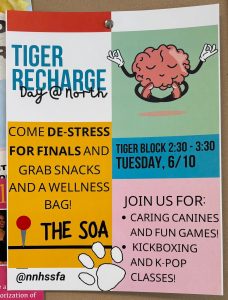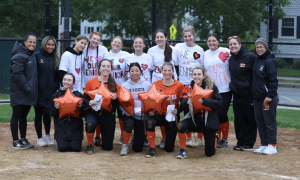Student helps injured hawk found near North
November 30, 2022
An injured adolescent hawk was found off the side of Hull street the morning of Friday, Oct. 21 by senior Sage Low. The hawk, which was then brought to the Tufts Wildlife Sanctuary, was found to have been poisoned with rodenticide and succumbed to its injuries a few days later.
Low spotted the hawk on the hill on Hull at 8:30 am. She said she saw something moving on the side of the road, and upon further inspection, she realized it was a hawk with blood on the inside of its wing.
She added, “I didn’t know what to do, so I called different animal control numbers and no one answered. I ended up asking a student to get someone from the main office to check it out.”
According to Low, it was clear that the bird was anxious from its nervous reactions to cars and people that passed. Low and her sister, junior Summer Low, stayed with the hawk until the staff from the main office arrived.
Data analyst and scheduler Megan Smith brought the bird into the school at the start of C-Block and moved it to a dark room to minimize stimuli. “We initially thought it had been hit by a car. We weren’t sure what the extent of the injuries was,” Smith said.
Smith ultimately called Tufts Wildlife Sanctuary in Grafton to see if they could treat the injured bird. Smith later drove it out to the sanctuary, where it was determined that it had eaten a poisoned rodent. The hawk died three days later.
“Unfortunately, when those rodents are consumed by other wildlife, like the hawk, they get injured or killed,” said Smith.
According to Smith, people should reconsider using rodenticides and poison bait traps given the extensive effects they can have on wildlife.
“I wish this story had a happier ending, but I’m glad we were ultimately able to get the hawk help,” said Low.


